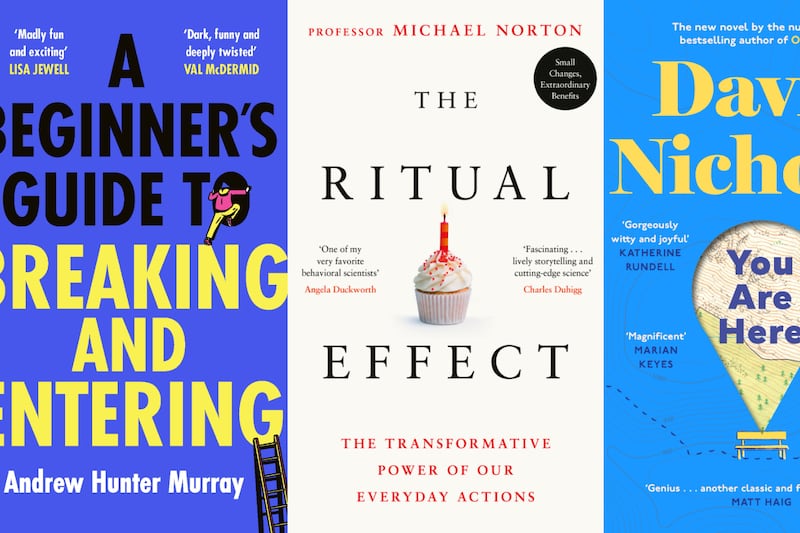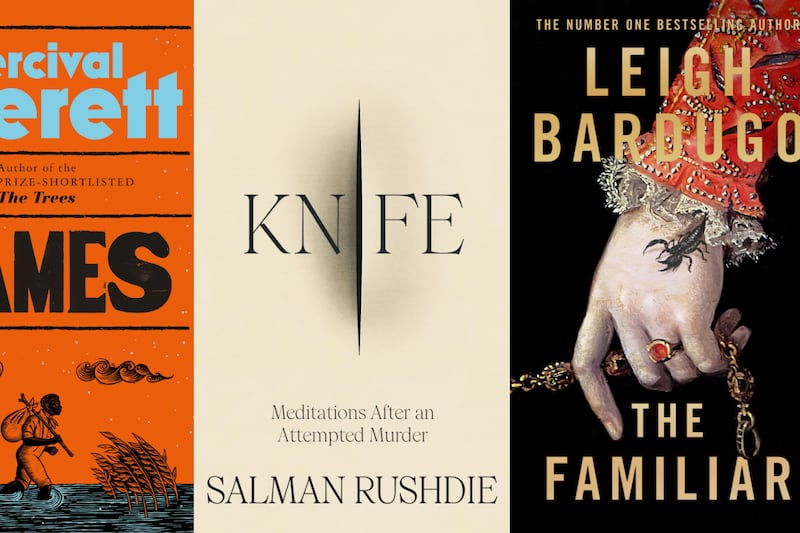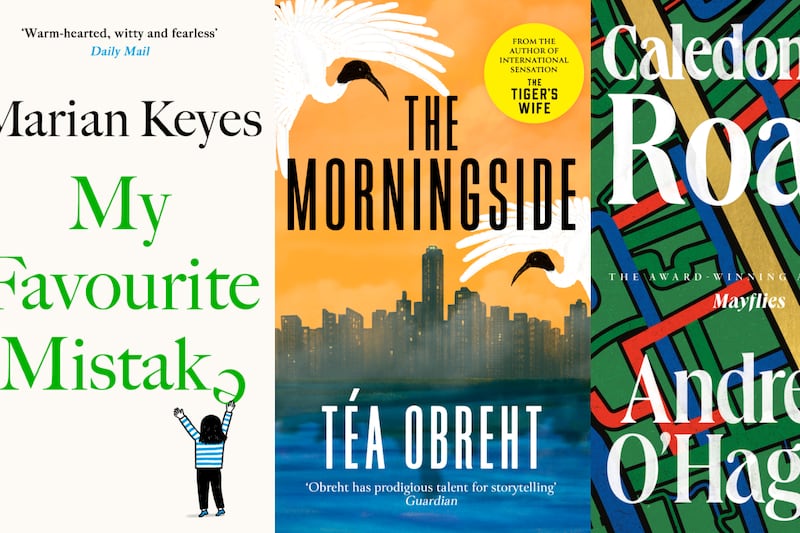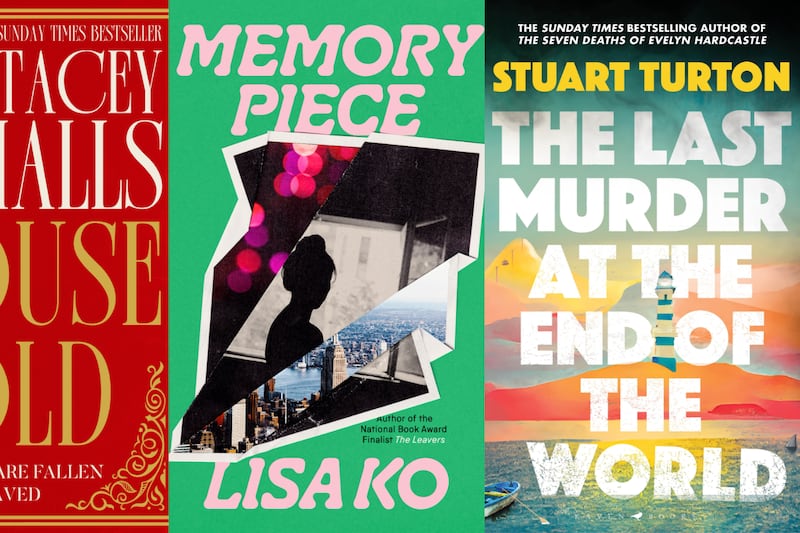DURING lockdown, most of us learnt to love our local parks. After hours cooped up inside, the chance to stretch our legs somewhere green helped keep us sane.
By great fortune, my local park, Richmond Park in southwest London, also happens to be the capital’s largest, home to 600 deer. As well as ancient oaks and a fine array of birdlife, it is also full of historical intrigue, from the park’s inception under Charles I, to its use as a Second World War military base.
During the lockdowns I learnt all about it, watched the seasons change, and began to appreciate the key role of parks in big cities.
This got me thinking about other parks I had visited across the globe. My new book Park Life: Around the World in 50 Parks is the result. Here are some of my favourites:
Dreaming of DC: West Potomac Park in Washington DC is marvellous, both for a stroll after sightseeing in the nearby Smithsonian museums and for learning US history. With the towering obelisk of Washington Monument in the middle, the Capitol to one side, the White House to the other, the Potomac River meandering by, it feels almost impossible you’re in the heart of the world’s most powerful nation, surrounded by so much greenery.
The memorials to Abraham Lincoln, Thomas Jefferson, Franklin Delano Roosevelt and Martin Luther King Jr are moving – each with inspirational quotes. Go in the spring to enjoy the cherry blossoms.
Polonaise in the park: During the summer, free Frederic Chopin concerts are held on Sundays beside a small lake and a statue of Poland’s favourite composer in Lazienki Park, Warsaw. This tradition has been in place since 1959 in the tranquil 76-hectare park, which is also home to a palace built in the late 18th-century by Stanislaw II Augustus.
Music is played on a grand piano by the country’s top pianists and those in the audience simply find a spare place on a lawn to spread blankets or nab a bench. Listening to polonaises amid the chestnut trees, close to the River Vistula, is a delightful experience.
A Spanish stroll: Valencia is Spain’s third biggest city after Barcelona and Madrid, and it has a wonderfully laid-back feel. Part of the reason for this is Jardin del Turia, which was created last century on the dried-out bed of the River Turia. In 1957, the Turia burst its banks causing widespread damage and more than 80 deaths. A decision was made to divert the river to the city’s south. This was completed in 1973 when city planners decided to turn the six miles of empty river into a splendid park, with fruit groves, woodland, fields, bike lanes and a futuristic City of Arts and Sciences centre.
Beautiful in Beijing: There are many parks with evocative names in the Chinese capital: the Longtanhu Dragon Lake Park, the Zizhuyuan Purple Bamboo Park and the Shuangxiu Double Elegant Park. But the Ming Tombs Scenic Area stands out for its marvellously peculiar stone statues in the shape of horses, elephants, lions and camels, set along an avenue of trees by the Ming dynasty tombs.
Beijing’s smog can be awful, but the air is clearer in this park to the north of the city and the statues are terrific fun – splendidly obstinate-looking creatures yet with an overall comic effect. The sculptor obviously had a sense of humour.
Meeting of the Niles: Not many people make it to the Al Morgan Family Park in Khartoum, Sudan’s capital. The troubled country has suffered a long-running bloody civil war, after all. However, those who make the trip to see its many antiquities, including the splendid Meroe Pyramids, often drop by this park at the confluence of the Blue and the White Niles. The Blue Nile originates in Ethiopia and the White Nile in Rwanda, and you can clearly see the muddy water of the White Nile clashing with the clearer Blue Nile. It’s a peaceful spot with a pleasant café.
Himalayan views: Rani Jhansi Park is in the Indian hilltop town of Shimla, the state of Himachal Pradesh’s capital and once the summer base of the British Raj. From its terraces are breathtaking views across the foothills of the Himalayas. The park is named after the 19th-century female freedom fighter Rani Lakshmibai of Jhansi, and a statue of her astride a rearing horse, arm thrust aloft with her young son clinging to her back, is in pride of place. She was shot dead by the British in the rebellion of 1857, aged 32. It feels somehow right that she is honoured in Shimla, with its British colonial ties.
Stockholm’s pleasure island: Djurgarden translates as ‘Royal Game Park’ in Swedish and it is on an island in Stockholm covering 700 acres. It is not really a traditional ‘park’ as around 800 people live there, alongside parkland, museums and attractions including Grona Lund, an amusement park that occasionally holds concerts (Bob Marley performed in 1982). Learn about Swedish history the Nordic Museum, the pop group Abba at ABBA The Museum, before discovering the tragic fate of the Vasa warship, which sank in 1628 on its maiden voyage and has been miraculously recovered and restored.
Park Life: Around the World in 50 Parks by Tom Chesshyre is published by Summersdale. Available on September 9.








